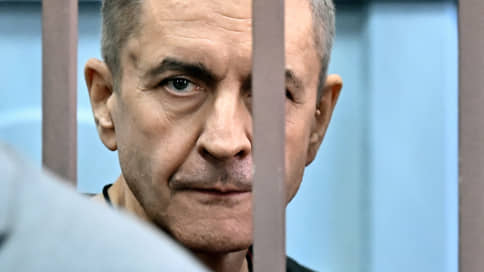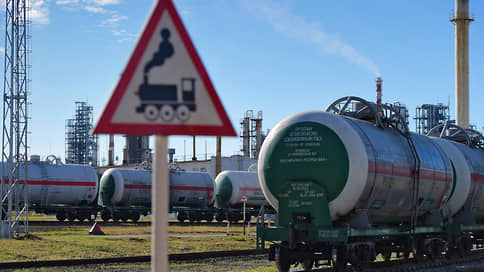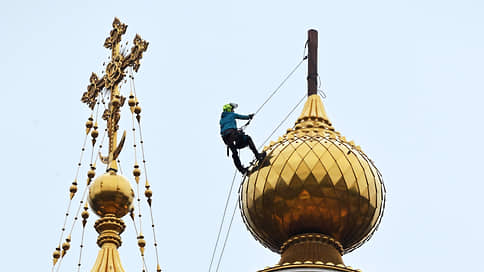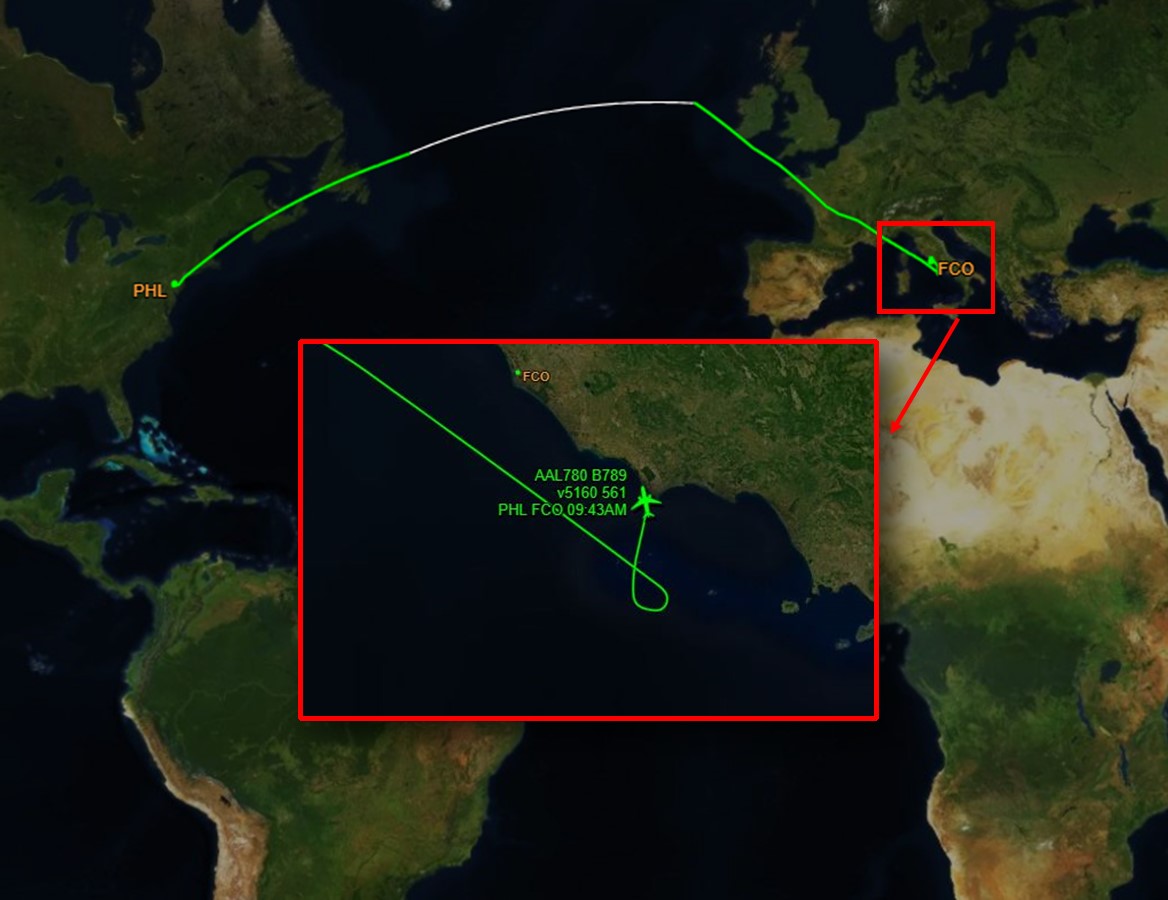Wine sales are reduced due to high prices
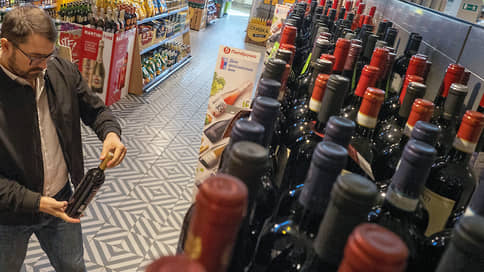
Following strong alcohol, a pronounced decrease in sales began in the category of wines and fruits. Familiar wines according to the results of January -Marot in natural terms lost almost 5%, quiet – 2%, and for fruit products the decrease exceeded 70%. Demand for wine falls due to a sharp increase in prices dictated by rising duties for products from unfriendly countries, excise taxes and manufacturers. As a result, dissatisfied with the ratio of price and product quality, consumers are reoriented to other types of alcohol.
Retail sales of all categories of wines, as well as alcohol based on fruits and berries in the first quarter of 2025, decreased by a year by the year, follows from the data of Rosalkoltabakcontrol (RADK). The sale of fruit alcohol products in January -March decreased immediately by 73.2% a year by the year, to 797.7 thousand decalpers (DAL). Linger wines showed a drop by 8.8%, up to 226.7 thousand dal. Pointed wines lost 4.9%, gave up to 5.14 million, grape – 2%, up to 12.98 million. A negative trend is growing. So, in January -February, an increase in grape wines sales by 1.6% of the year and less significant decrease in other categories was noted in the RATK. For sparkling wines – minus 1.4%, for liquor – minus 4.9%.
The head of Wineretail, Alexander Stavtsev, calls a decrease in retail sales of wine expected. “We were on peak values, and now we see a slowdown in the market due to price growth,” he explains. The reduction in sales, according to the expert, is still mainly due to imported wine. The Executive Director of the Fort winery company Alexander Lipilin fixes the reduction in the sale of wine in kind, while the category turnover continues to grow in money. “Sales of inexpensive wines are falling, the cost of which due to duties is increasing more noticeable,” the expert says.
Duties for imported wine from unfriendly countries in the summer of 2023 increased from 12.5%to 20%, and in the summer of 2024 to 25%. They should also be at least $ 2 per liter of products. Such a correction, as a rule, has a defined effect on the market due to the presence of suppliers and retailers of inventories.
On the shelf, the cost of the most running positions from unfriendly countries over the year has doubled, according to Mr. Stavtsev. If at the beginning of 2024 a bottle of budget Italian Pinot Grigio cost 500-600 rubles, now – about 900-1000 rubles. Mr. Lipilin notes that the prices for wine have risen in public catering: “Even in democratic restaurants, the glass of the drink now costs at least 300-400 rubles.” Consumers are disappointed in the ratio of price and quality, making a choice, for example, in favor of cocktails or beer, the expert believes.
Alexander Stavtsev draws attention to the fact that demand cannot fully reorient from imported products to Russian. “More white wine was imported from abroad, while Red prevails in domestic production,” he explains. In sales, according to the expert, white wines are ahead of the Reds. Although not all players feel reduction of demand. The Director General of the Winagoria winery Peter Romanishin says that for the first quarter of 2025, the sales of the wines of his company grew by 10% of the year. He counts on a similar increase in sales and according to the results of the whole year.
Russian wine, according to Mr. Stavtsev, also gets more expensive due to an increase in manufacturers.
Its cost on the shelf largely depends on the price of grapes. The crop of berries in the Crimea and the Krasnodar Territory last year significantly decreased under the pressure of adverse weather conditions, another interlocutor of Kommersant in the alcohol market notes. Another factor, he calls the reduction in the competition market by leaching imports.
An increase in excise taxes can also influence the cost of Russian products. Their size grows for almost all categories of alcohol. So, the rate for ethyl alcohol and its products containing it from January 1, 2025 increased from 15.1%, to 740 rubles. per liter of anhydrous alcohol. Excise tax on quiet wines grew from 34 rubles. up to 108 rubles. per liter in 2024 and up to 112 rubles. in 2025. For sparkling wines, the increase amounted to 45 rubles. up to 141 rubles. and up to 147 rubles. per liter, respectively. Excise growth could affect the categories of fruit alcohol. Here, according to Alexander Stavtsev, budget alcohol is traditionally represented: their consumers are sensitive to the price.
Alexander Lipilin predicts that in the long run, the sale of wine will continue to decline due to rising prices. This is not the only category of alcohol in which there was a stable decline. Alcohol products as a whole, according to the RADK, lost 14.7% in retail according to the results of January – Mart for the year. Sales of vodka decreased by 7.2%, cognac – by 12.6%. It is also dictated by rising prices (See “Kommersant” from April 11).

